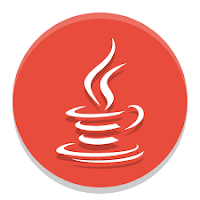Fat Jar with Scala 2.13 and Sbt 1.5

Fat Jar is a very useful technique. Having one jar and one jar only makes the distribution of software much easier and also mantaince much more sense as you need to roll out bug fixes and changes. Scala allows us to create self-package, self-executing one single fat jat by using the Assembly plugin. Today I want to share a simple POC and video I made showing how we can create a Fat Jar using Scala, Assembly, and Sbt. The code will be using a java dependency, a project called Apache Commons Lang . So let's get started! The Video The Code https://github.com/diegopacheco/scala-playground/tree/master/fatjar-assembly-sbt-1.5.0 Cheers, Diego Pacheco






